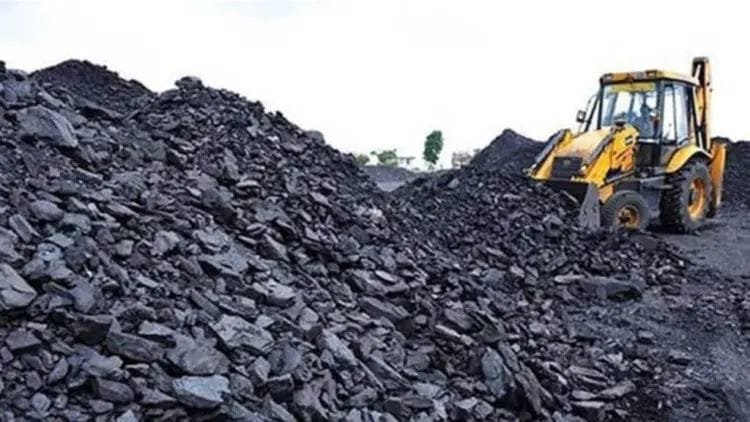India is currently the third largest electricity generator globally. Electricity security has improved through the creation of the national power system and major investments from the private sector.
Since 2000, 700 million people have gained access to electricity and the focus is on integrating higher shares of variable renewable energy (RE) into the energy mix.
In the 11th and 12th Five Year Plans, a massive impetus was given to bolster the power sector. The FYP XII period (2012-2017) was the first when the capacity installation target was achieved. Against the targeted 88.5 GW, the actual capacity achieved was 99 GW. The bulk came from coal-fired plants. Given an installation target of 72.3 GW, they delivered 84.85 GW. The private sector installing about 50 GW was an inflection point.
Then why do power shortages occur? It is because the supply is unable to match rapidly increasing demand. Owing to the highly volatile nature of power demand, it is difficult to make precise predictions as to how it pans out. The ominous question is whether India’s power generation, if not in surplus, would be adequate to meet the expanding demand in future.
When the National Energy Plan was rolled out for 2017-22, it projected a peak electricity demand of 225 GW and total energy requirement of 1,566 BU for FY2022. It was expected that the growth would be 6.18% and 5.51% per annum, respectively. The generation was proposed accordingly with emphasis on RE sources. This was the first energy plan which shifted significantly from conventional energy sources to new and RE sources. At the end of FY2017, total installed capacity of RE stood at just 57 GW, against the total installed capacity of 326 GW. Plans were laid out to increase RE capacity to 175 GW by FY2022 in anticipation they would contribute about 20% of the total energy (excluding hydro). But that turned out to be 11%.
With 47.8 GW capacity under different stages of construction, it was presumed that new capacity required in the thermal power sector could only be 6.4 GW. The margin being wide, the feeling was that even if the capacity from coal-based plants fell behind the target, there would not be any shortage of electricity in the country. It was assured that sizeable extra thermal power capacity was under construction . BHowever, by the end of 2022, total conventional energy capacity added was 30.7 GW. Out of this, only 105 MW came from gas, the rest was from coal-based thermal power stations.
Meanwhile, RE achievement was not as expected. A lot more needs to be done to expedite RE installation despite India being the fourth largest globally in terms of installed capacity. The capacity shortfall has meant any spike in temperatures or demand patterns affected continuity of the energy supply system.
The first fright was in October 2021. A monsoon disruption in July and August saw the power demand shoot up abruptly. The primary reason was that imported coal-based plants worked at low capacity, deliberately curtailing generation due to soaring prices of the fuel and shipping rates. With coal as the go-to option when the chips are down, it pressured domestic coal-based plants (DCB) to fill in the gap, stretching the supplies and transportation. The fact that few DCBs regulated their coal intake when it was available in plenty further exacerbated the situation. The materialisation of planned increase in solar and wind capacities would have helped tackle the crisis effectively.
The second power crunch came in April-May 2022. With the mercury shooting up, peak power demand started creeping up between 9-11 PM, when the renewables are at their minimum in terms of generation. Again, it was domestic coal producers who stepped in . In August this year, demand shot up again due to a long break in monsoon and, on September 1, it reached 240 GW at 12-10 PM. In many days of August and September 2023 adequate power was not available throughout the day even at maximum permissible rate of Rs 10/unit.
As pPer the National Energy Plan 2023, peak energy requirement is likely to be 277 GW. This means total generation, including plant losses, should be about 290 GW. Even if nuclear (7 GW), gas (25 GW), hydro (50 GW) and renewables (10 GW) kick in, 200 GW of thermal would be required. There is likely to be a shortfall even if all the under construction thermal power stations are taken into account. With the available capacity, the prospects of meeting the energy demand of more than 2,000 BU appear grim as the pace of RE installation fell short of expectations till FY2022. Only about 110 GW could be installed against the target of 175 GW. At the current pace, we are likely to reach at the most 200 GW by FY 2027.
Meeting the requirement of about 1,400 BU through coal-lignite would be difficult. The idea is not to make gloomy prophecies, but to face the harsh reality head on and strengthen measures to meet country’s the power demand. India has the resolve, resource and resilience in abundance to do so.







